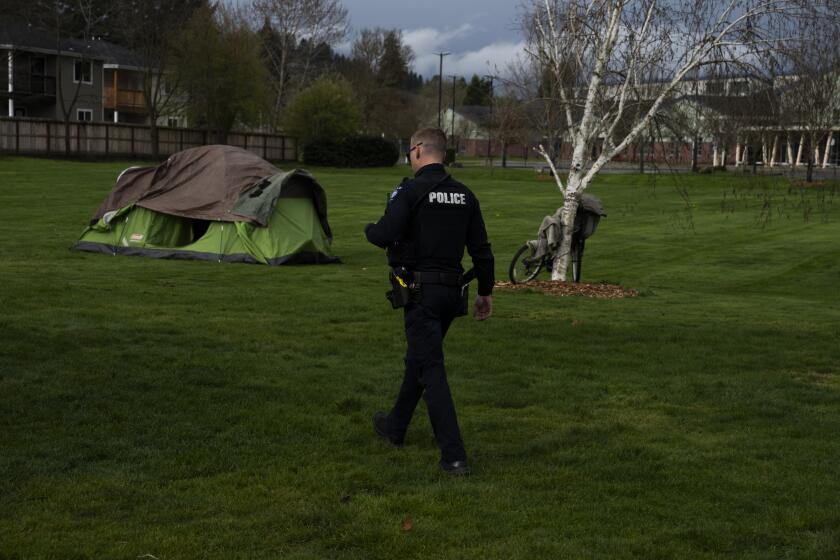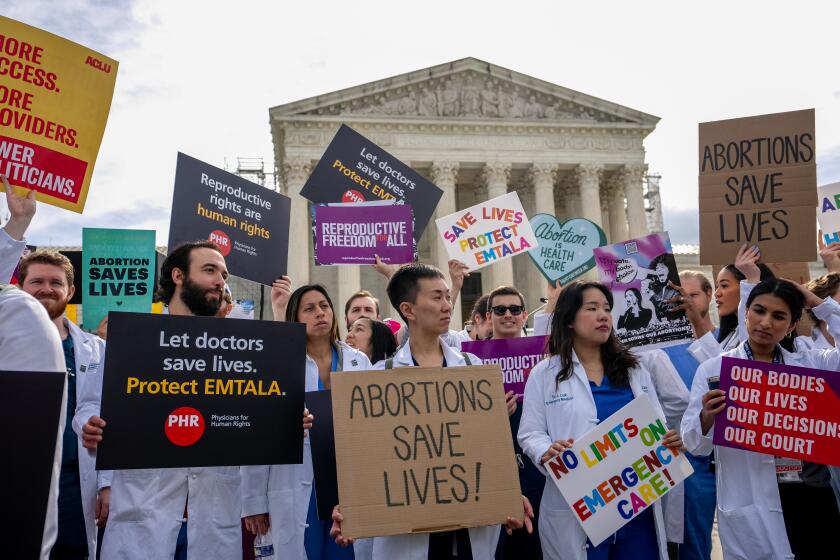California’s high-speed train wreck
California’s much-vaunted high-speed rail project is, to put it bluntly, a train wreck. Intended to demonstrate the state’s commitment to sustainable, cutting-edge transportation systems, and to show that the U.S. can build rail networks as sophisticated as those in Europe and Asia, it is instead a monument to the ways poor planning, mismanagement and political interference can screw up major public works. For anti-government conservatives, it is also a powerful argument for scrapping President Obama’s national rail plans, rescinding federal funding and canceling the project before any more money is wasted on it.
We couldn’t disagree more. We pointed out back in 2008, before voters approved nearly $10 billion in state bonds to fund the project under Proposition 1A, that it would be more expensive and difficult to build than its backers were letting on. But we endorsed it anyway because of the economic and environmental benefits the train could bring. The benefits still outweigh the costs, and none of the $43-billion project’s troubles are insurmountable. Fortunately, a report last week from the state Legislative Analyst’s Office offers strong recommendations for getting the system back on track.
The train’s biggest problems can be laid at the feet of the High Speed Rail Authority, which is overseeing its construction. Inexperienced board members appointed by the governor and Legislature on the basis of political patronage rather than expertise have made a host of poor decisions. Not the least boneheaded of these is the board’s plan to take a circuitous route from Los Angeles to Bakersfield by veering through Palmdale and Lancaster. Compared with the more direct route along Interstate 5 through the Grapevine, this would add 30 miles to the trip plus $1 billion in construction costs, and make it all but impossible for the train to meet its promised travel time of 2 hours and 40 minutes from L.A. to San Francisco. The legislative analyst calls for slashing the authority’s proposed budget for next year by $185 million and eventually eliminating it, transferring the bullet train’s oversight to another agency. We heartily agree.
Not all of the bad decisions can be blamed on the rail authority. To qualify for federal funds, planners had to agree to break ground by 2012. With political battles raging throughout the state over routing decisions, federal officials deemed that the only segment that would be ready for construction so quickly was in the sparsely populated Central Valley. As a result, the bulk of the $3.5 billion kicked in by the Obama administration must be spent on a train running between the tiny towns of Borden and Corcoran. Ridership on this initial segment would be slight, making it impossible to operate the train without taxpayer subsidies. Yet under the terms of Proposition 1A, the state can’t issue bonds to pay for the project unless it has been demonstrated to be self-sufficient. What’s more, if federal and other funds for further construction dry up, California could end up with an expensive train to nowhere.
The only practical way out of this mess is to follow the legislative analyst’s advice and start over, renegotiating terms with the federal government and building the initial segment in a more populous area, such as between San Francisco and San Jose or between Los Angeles and Anaheim. That way, even if the rest of the line is never built, we’d still end up with a heavily used urban rail line. Such renegotiation could jeopardize federal funding and delay construction, but the needless haste created by Washington’s arbitrary deadlines have resulted in mistakes that could be extremely costly.
Obama’s inspiring vision of a nation crisscrossed by bullet trains, providing cleaner, safer and cheaper competition to airlines and reducing reliance on gas-guzzling automobiles, is in serious jeopardy as a new Republican majority in the House looks to slash his funding plans. In this environment, California is a test case for whether high-speed trains can succeed in the U.S. — and so far, the state is failing the test.
More to Read
A cure for the common opinion
Get thought-provoking perspectives with our weekly newsletter.
You may occasionally receive promotional content from the Los Angeles Times.





